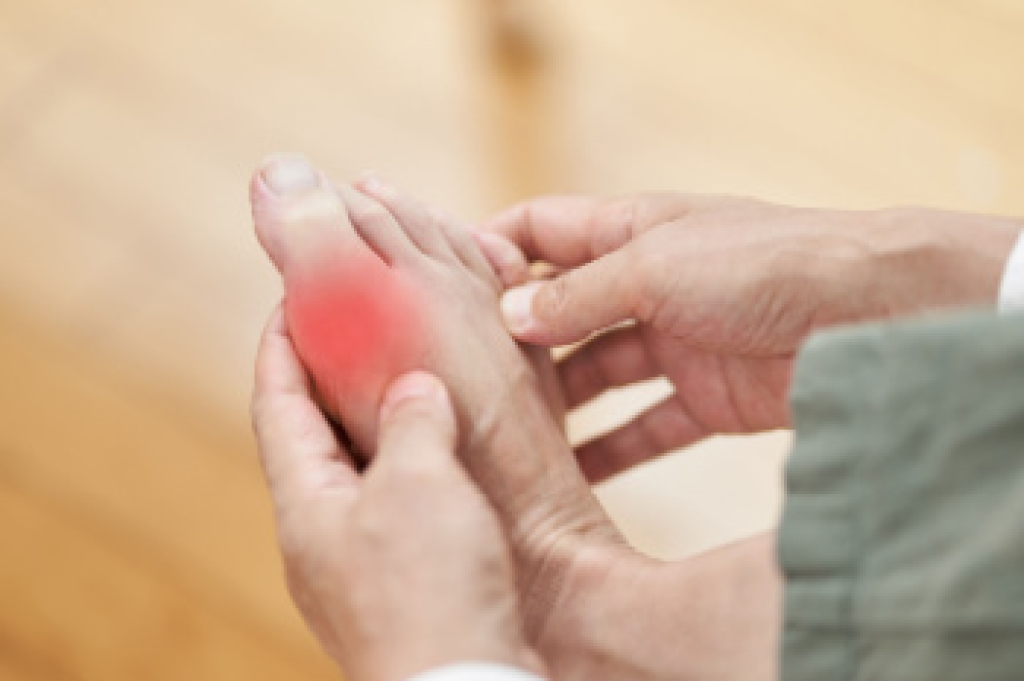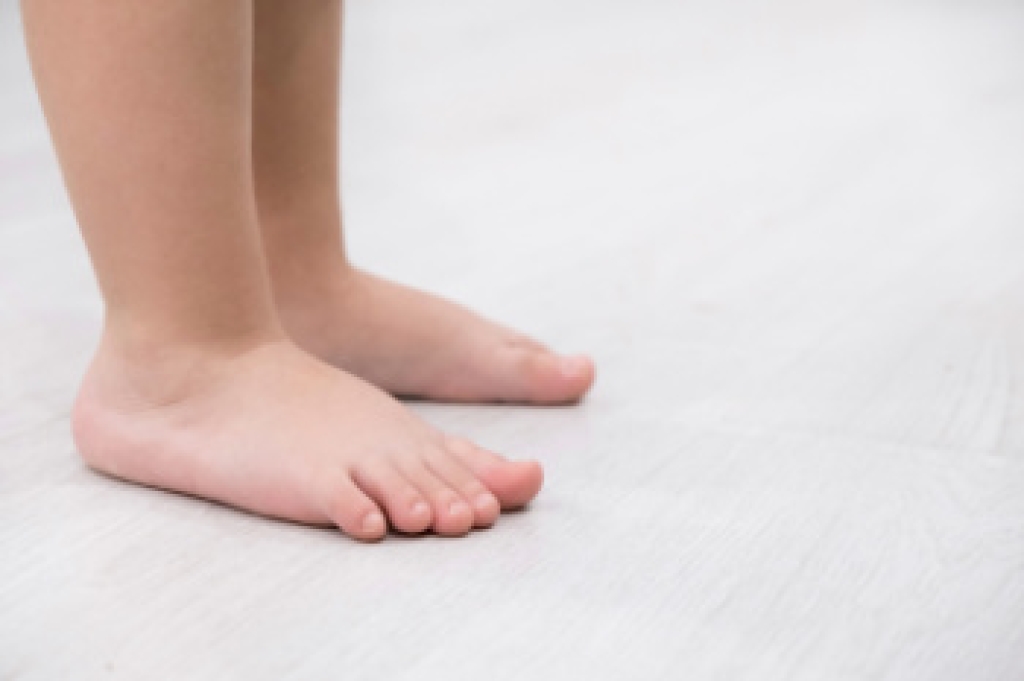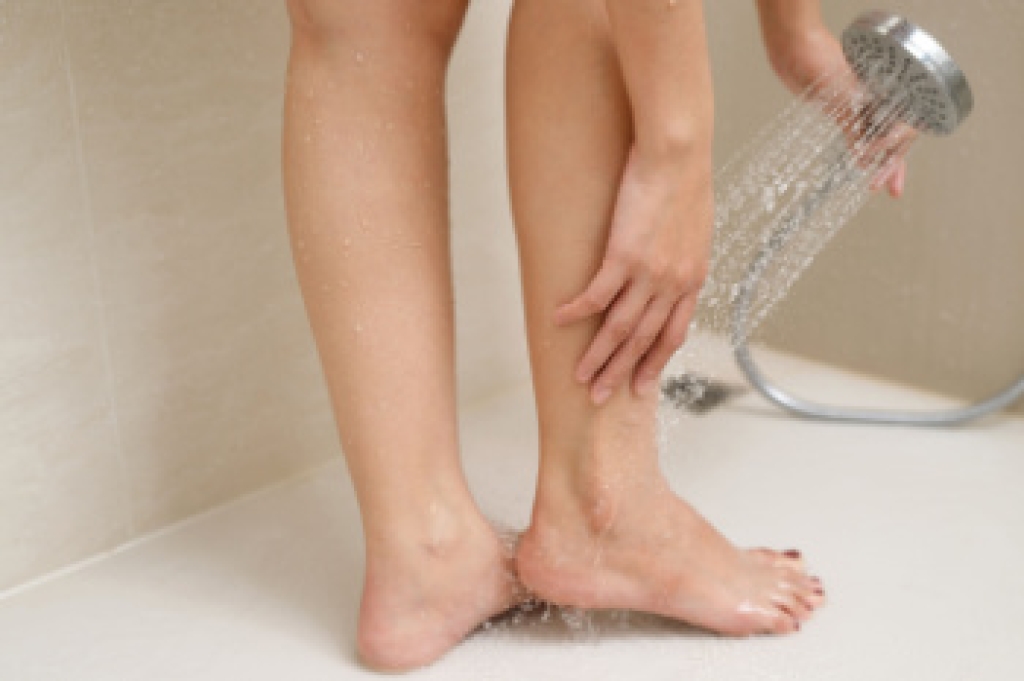
Bunions and gout can both cause pain and swelling around the big toe, but they have different causes and treatments. A bunion is a bony bump that forms when the big toe joint becomes misaligned, often due to genetics, tight shoes, or abnormal foot structure. It usually looks like a hard bump on the side of the toe and feels achy, stiff, or sore, especially when walking. Gout is caused by a buildup of uric acid crystals in the joint, leading to sudden, intense pain, redness, and warmth that may come on overnight. The toe may appear red, shiny, and extremely tender to touch. A podiatrist can help determine whether it is a bunion or gout through a physical exam, imaging, and possibly lab testing. Treatment may involve medication, footwear changes, or custom orthotics. If you are dealing with pain in your big toe, it is suggested that you make an appointment with a podiatrist for an accurate diagnosis and relief.
Gout is a foot condition that requires certain treatment and care. If you are seeking treatment, contact one of our podiatrists from Westside Podiatry Center, LLP. Our doctors will treat your foot and ankle needs.
What Is Gout?
Gout is a type of arthritis caused by a buildup of uric acid in the bloodstream. It often develops in the foot, especially the big toe area, although it can manifest in other parts of the body as well. Gout can make walking and standing very painful and is especially common in diabetics and the obese.
People typically get gout because of a poor diet. Genetic predisposition is also a factor. The children of parents who have had gout frequently have a chance of developing it themselves.
Gout can easily be identified by redness and inflammation of the big toe and the surrounding areas of the foot. Other symptoms include extreme fatigue, joint pain, and running high fevers. Sometimes corticosteroid drugs can be prescribed to treat gout, but the best way to combat this disease is to get more exercise and eat a better diet.
If you have any questions, please feel free to contact one of our offices located in Liverpool, Camillus, Skaneateles, Oswego, and Cicero, NY . We offer the newest diagnostic and treatment technologies for all your foot care needs.




